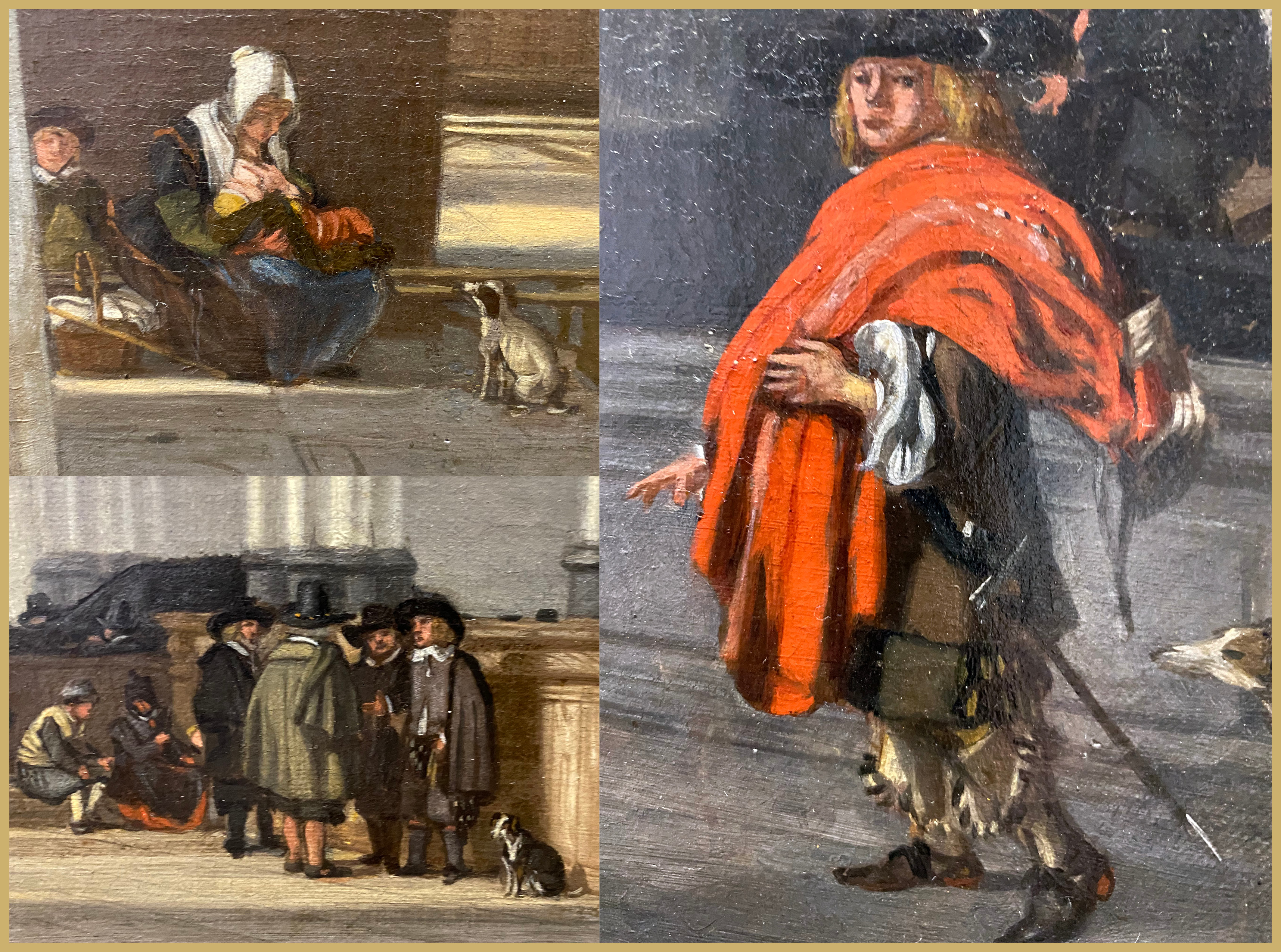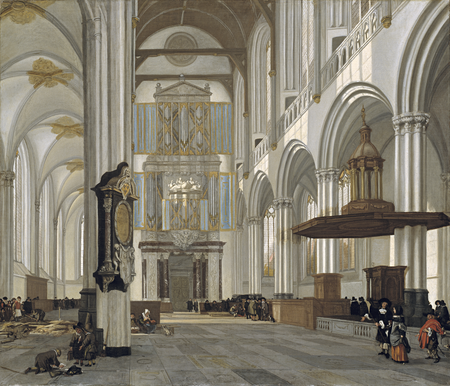Work of the Week #5

These days I find myself reflecting on a time, not so long ago, when Balboa Park thronged with people. Families came to the Timken to expose young art lovers to some of the very best things that can be found in San Diego. I recall one young visitor distinctly. As I made my way through the galleries in the early afternoon, a man stopped me and asked if I worked at the museum. I nodded. He inclined his head toward a child: “Can you help him?” I looked down and saw a boy, about six, with a Timken brochure in his hand. The publication was part of a series that Kristina Rosenberg, the head of our Education Department, creates especially for kids: Be a Secret Art Agent. “Where can I find this dog?” the child inquired, pushing an illustration up toward my face. Not without exasperation, he added, “I’ve been looking all over for it.”
There are times when I long to get my work done without interruption and then there are other times when I actually enjoy thinking of myself as a “secret art agent.” That afternoon, I remember glancing at the well-marked publication, a form of “treasure hunt” that encourages children and their adult caregivers to look more closely at our collection. I instantly recognized the young detective’s problem and felt I was the source of his frustration. About a week earlier, I had arranged to move the Timken’s great oil painting by Emanuel de Witte, Interior of the Nieuwe Kerk, Amsterdam (1657) out of the Dutch/Flemish galleries in order to make room for a triptych by Pieter Claeissins (1499/50-1576) that had just arrived at the museum on extended loan. Clue #5 in Kristina’s Be a Secret Art Agent pamphlet could not be found because the dog, which was in de Witte’s painting, was not on view.
De Witte loved to paint architecture. By the time he got around to depicting the interior of De Nieuwe Kerk (The New Church), it had already undergone a series of historic transformations. Originally dedicated to Saint Catherine, the building was converted to Protestant worship after the Reformation swept through Northern Europe. In 1645, a fire in central Amsterdam partly destroyed the roof and it was busily being rebuilt around the time de Witte undertook what is now the Timken’s painting. The composition strikes a balance between showing off the mathematical precision of the church’s late-Medieval vaulting systems, its classicizing organ loft, and its plentiful suggestions of everyday life. Quite a lot is happening here. A parade of worshippers can be glimpsed near the right edge of the canvas. Well-dressed visitors pause in conversation in the foreground. Another group is busy exhuming bodies from beneath the stone flooring at left. And, it needs to be said, there are a surprising number of dogs. The head of a greyhound peeks out from the lower corner as if to direct our vision toward the center of the space. A black dog sits in an attitude that mimics the group of solid burghers to its right. A skinny dog turns its back on us, staring hungrily at a woman while she nurses an infant.
On that day, I led the family into the Timken’s art storage space and showed them de Witte’s work. The dogs were quickly found and the boy checked # 5 off of his list with visible satisfaction. I then watched as these visitors rejoined the flow of bodies in Balboa Park which, like the public in de Witte’s 17th-century view, has its own unique character and scattered purposes. We miss the secret art agents and their thirst for discovery.
